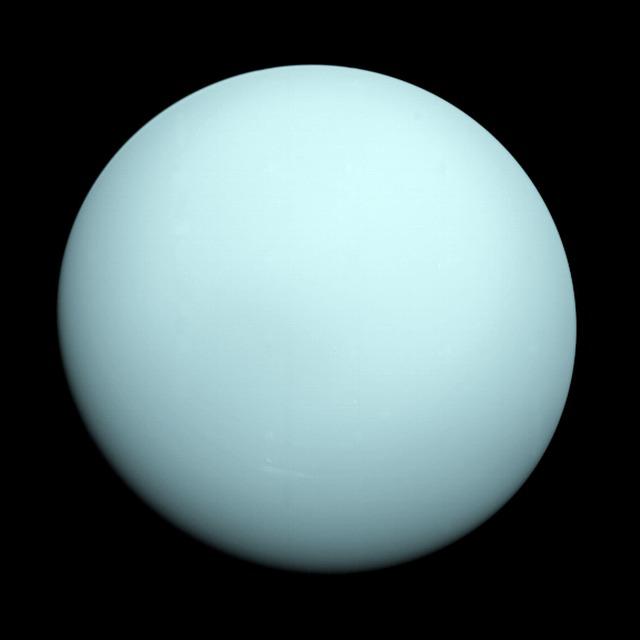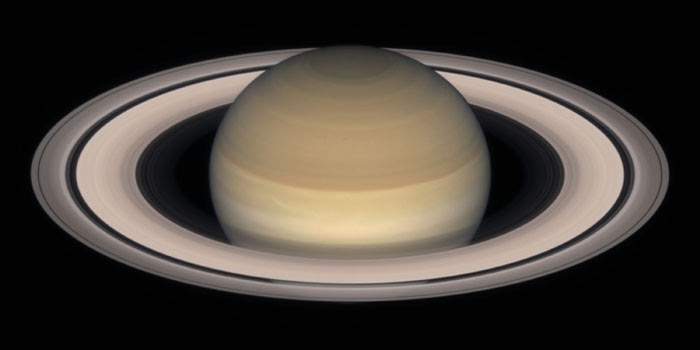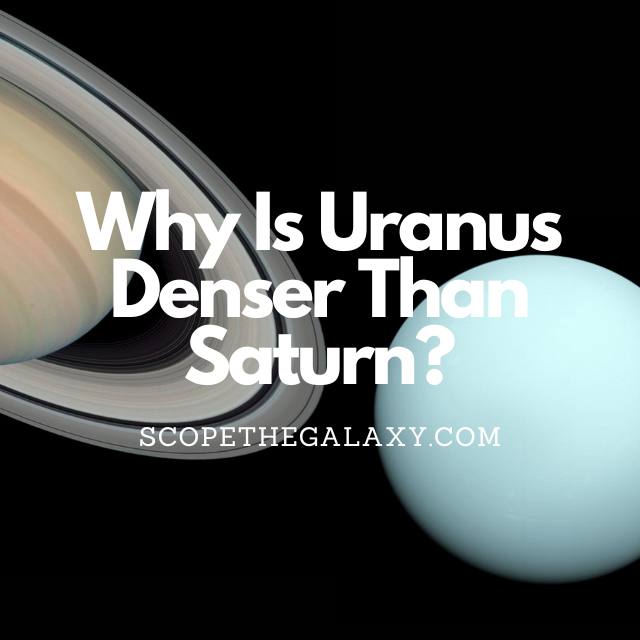*This post may contain affiliate links. This means we may make a commission if you purchase an item using one of our links*
While Uranus and Saturn are both gas giants, the composition of these two planets is quite different, and the presence of icy elements in the former makes it far denser. That’s why Saturn has a density rating of 0.687 g/cm³ and Uranu’s is almost double that at 1.27 g/cm³.
Discover why Saturn is the least dense planet in the Milky Way and why – if you could find a large enough bathtub, you might be able to float this gigantic planet.
Why Is Uranus So Dense?
Table of Contents

Density is defined by the mass per unit of volume and is measured by the number of grams per cubic centimeter. Uranus has a density of 1.27g per cubic cm, higher than the other gas giants. The reason for this comes down to the composition of the planet, which consists mainly of volatile ices like water, methane, and ammonia.
Uranus does possess hydrogen and helium like the other gas giants. Still, these outer layers are connected by an icy mantle rather than the liquid hydrogen bond that several of the other gas giants contain.
Uranus and Neptune are collectively known as the “ice giants.” This is because scientists recognize the variance in their composition compared to the other gas giants. And this term is a way to highlight those differences. More than 80% of this planet’s mass consists of “icy” materials such as water, ammonia, and methane.
While the mass of Uranus’ interior is still a topic of debate, scientists generally agree that it would possess a mass between 9.3 and 13.5 Earth masses. Still, like the other gas giants, Uranus doesn’t possess a solid surface; if we could fly to this outer planet, we would have nowhere to land.
The presence of methane in the atmosphere gives Uranus its distinctive hue. As sunlight passes through the atmosphere and reflects from the clouds, methane absorbs the red portion of light, leaving a blue-green color behind. Uranus’s overall size, density, and mass mean that it has less surface gravity than Earth.
Why Is Saturn The Least Dense Planet?

The eight planets of the Milky Way possess huge variances, not only in size but mass and density too. The four planets closest to the Sun-Mercury, Venus, Earth, and Mars – are all terrestrial, which means their main composition includes silicate rocks or metals, which gives them a solid surface.
In contrast, the four outer planets – Jupiter, Saturn, Uranus, and Neptune – are gas giants; their composition is primarily hydrogen, helium, and water-based elements. This means that even though they are far larger than the terrestrial planet, they are considerably less dense.
While Saturn is very close in size to Jupiter, its density is only half that of its neighbor. The reason for this is the difference in build between the two planets. Both are composed of hydrogen and helium; the more of these elements a planet collects, the more compressed they become.
Think of it like this – if you have a stack of pillows (representing the hydrogen and helium molecules), the more pillows you add, the more compressed each pillow becomes. And it’s this compression that creates a higher density. Scientists believe that during the formation of the planets, Jupiter continued to collect hydrogen and helium long after Saturn, which means that its density continued to increase.
Saturn has a density of 0.687g per cubic cm, making it the least dense of the gas giants (and the least dense of all the planets in the Milky Way). However, this density varies considerably between the core and the exterior.
While the gassy exterior of hydrogen and helium possesses a very low density, scientists believe that the core could be a rocky compound surrounded by metallic hydrogen, making it far denser than the planet’s exterior.
How Much More Dense Is Uranus Than Saturn?
Uranus is one of the ice giants with a similar composition to its neighbor, Neptune. While Saturn is a gas giant with a similar composition to Jupiter.
Both planets possess a gassy exterior of hydrogen and helium, plus a rocky silicate core. Where they differ is in the presence of icy components. Uranus contains several elements in its icy mantle, such as water, ammonia, and methane. And it’s these elements that make the planet far denser than Saturn.
While Uranus has a 1.27g per cubic cm density, Saturn only has a density of 0.687g per cubic cm. This means that Uranus is almost twice as dense as Saturn; every gram of Saturn’s mass takes up nearly twice as much space as Uranus’.
Can Saturn Float On Water?
An object’s relative density, compared to water density, determines whether or not it will float. If the object possesses a higher density than water, it will sink; if it has a lower density, it will float.
The density of water is 1g per cubic cm, while the density of Saturn is 0.687g per cubic cm. This means, theoretically, if you could find a body of water that was large enough, then you could float Saturn in it.
However, some argue against this theory because if you attempted to float Saturn, it could fall apart. The reason for this is that the core of the planet is far denser than water and would be subject to the force of gravity, while the atmosphere would likely separate.
Saturn is less dense than water, but because the density isn’t spread evenly through the planet, trying to float it in water could be trickier than you think.
Summary
Uranus is denser than Saturn, thanks to the presence of an icy mantle consisting of water, ammonia, and methane. And Saturn is the least dense of all the planets because they hydrogen and helium within its atmosphere are not nearly as compact as they are on the other gas giant planets, such as Jupiter and Neptune
References
How Dense Are The Planets? – Universe Today
In-Depth | Uranus – NASA Solar System Exploration
The Outer Planets: Giant Planets: Interiors (colorado.edu)

